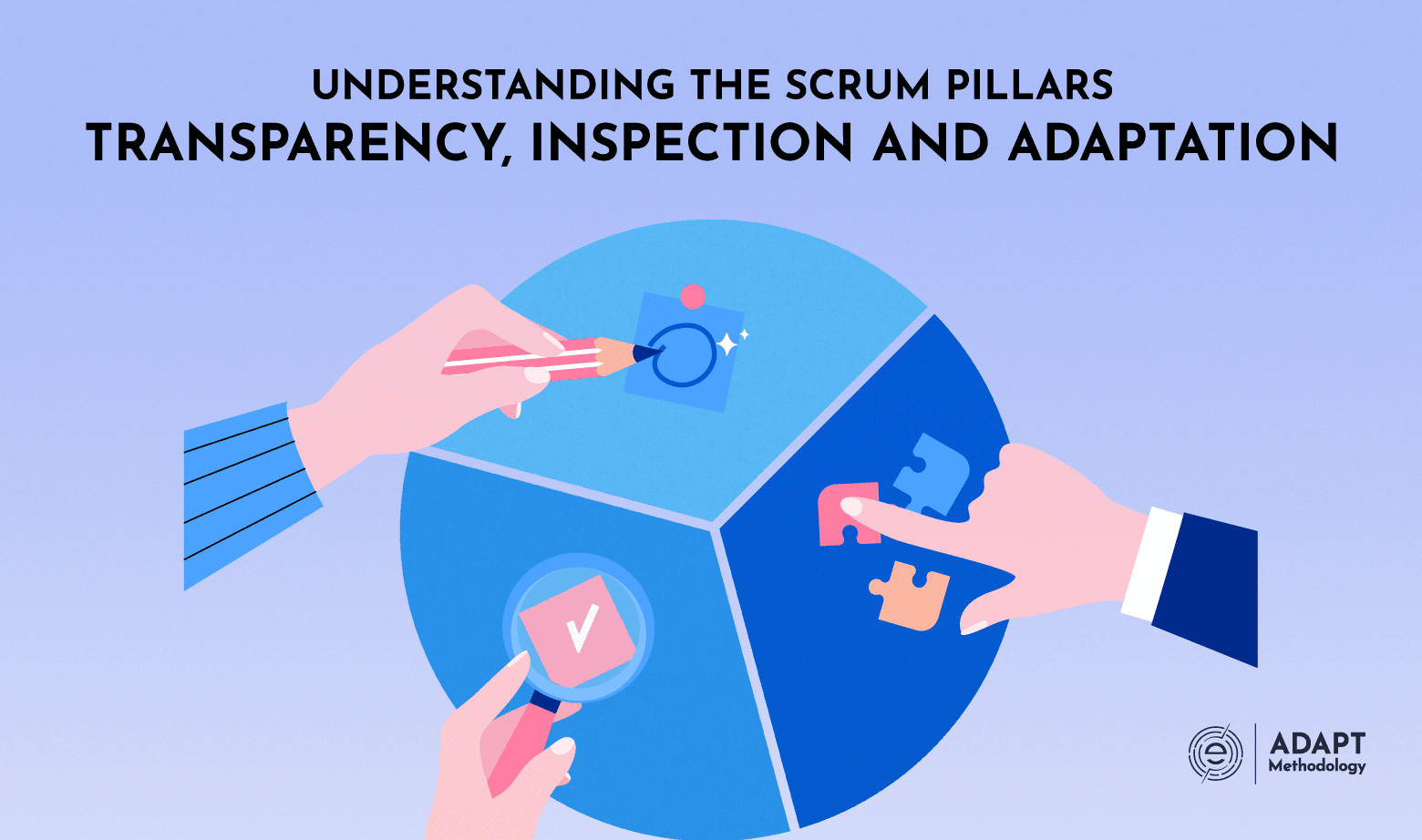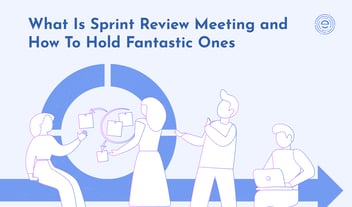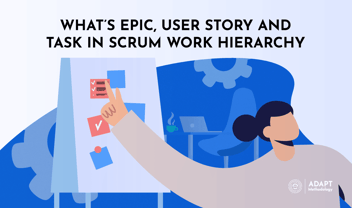The Scrum Pillars - Transparency, Inspection and Adaptation

In order for an agile team to maximize the use of the Scrum Framework, understanding the three Scrum pillars, transparency, inspection, and adaptation, is one of the first important steps to make. The Scrum methodology contains some foundational principles that serve as its backbone.
Scrum is very easy to understand and is applicable to product development of all kinds, not just in IT. In fact, it is currently used in marketing, HR, education, and other fields. Nevertheless, it is often difficult to master the Scrum framework because it requires continuous practice and familiarisation.
What is Scrum?
Jeff Sutherland and Ken Schwaber, co-developers of Scrum, define this framework as a way to address complex adaptive problems in an organization while creatively and productively delivering products of the highest value. If we are to go deeper in understanding this definition, we will realize two basic concepts that make up the Scrum methodology:
- It is a process framework. Scrum is not a complete process for building products. The Scrum methodology only provides a specific framework or manner of doing things, not a step-by-step process. It is up to the agile team what techniques, processes, and tools to be used throughout the course of the project.
- It addresses complex adaptive problems. What makes Scrum really effective and relevant in today’s organizational needs is that it has the ability to quickly adapt to situations that are complex, unpredictable or always changing. Contrary to the defined process control wherein there is a set of predefined processes to be followed from launch to completion, Scrum utilizes empirical process control. This approach is based on observations and evidence rather than detailed and upfront planning.
Empirical Process Control
The Scrum methodology is based on an empirical process. This concept revolves around the idea that we can find out the truth through experiments with concrete and observable results.
But in order to make good observations, there are three things necessary: transparency, inspection, and adaptation. We call these the three Pillars of Scrum.
Let’s dig a little bit deeper into each one.
Scrum Pillars - Transparency, Inspection, and Adaptation
Transparency
By transparency, we mean that everyone in the agile team should have a clear understanding of the Scrum goals and their individual roles and responsibilities. How do you know that you are practicing a high level of transparency in your team?
- First of all, an agile team should have a common language particularly when it comes to the processes involved. Everyone, from the Scrum Master to the Product Owner, team members, and stakeholders knows what they are dealing with and what needs to be done in order to achieve their goal.
- The team has to be aligned with a single definition of done. So when an increment or task from the product backlog is done, everybody knows what that means and implies.
- There’s an easy and transparent flow of information. Everyone should have a complete understanding of the Scrum artifacts: product backlog, sprint backlog, project vision and mission, increment, etc.
- They also have to be present during daily meetings, sprint review meetings, etc., and must be aware of the tools that the entire team uses (e.g. Burndown Chart, Scrum board).
Inspection
Inspection is a critical aspect of empirical process control as it is what makes the Scrum framework adaptive to complex problems. Inspection is done not only by the Scrum Master, PO, or CEOs. It is done by everyone involved in the project.
Organizations using Scrum regularly inspect artifacts to see undesirable variances and provide opportunities to correct them. One example is when the Scrum team shows the progress of the product outcome to the customer (client) at the end of each sprint to get their feedback. When there are changes proposed by the customer or the stakeholder, the team adapts to these changes until they all agree on the final product.
Apart from the product, an inspection can be done in all other aspects of the Scrum framework – the processes, people, practices, etc. However, the inspection should not be as frequent as to get in the way of the work and cause delays.
Adaptation
Unlike the waterfall process model wherein changes and adjustments are really difficult to make, the Scrum framework is widely used by many organizations because of its adaptability. Of course, adaptation is not possible without the first two pillars. It is only when the team practices transparent workflow and inspection can they figure out whether things have to be adjusted or changed.
Adaptation is done as soon as possible to optimize the project outcome.
This is where the sprint review meeting comes in very handy. During the review, the process is assessed against the sprint goals. The entire agile team and the stakeholders collaborate about what was done during the sprint, and the things to be done in the succeeding sprint in order to optimize the product value.
Apart from the sprint review, the Scrum framework features other events for inspection and adaptation:
Now You Know Why Scrum Works!
Again, the Scrum methodology is an easy framework to understand as it is generally made up of a few roles, artifacts, events, and rules, and it would not have the same impact without these Scrum pillars. However, it can be difficult to master as it requires daily, continuous practice. To fully adopt this project management framework in your organization, one of the first steps is to understand what lies on its foundation – the empirical process.
The empirical process, to summarise, is gaining knowledge by means of direct and indirect observation or experience. In Scrum, the empirical process has three underlying Agile principles: transparency, inspection, and adaptation.
By keeping these three Scrum Pillars in mind in all your daily dealings, undertakings, meetings, and collaborations, you will certainly be able to master Scrum like many other well-established teams did… in no time! You will also realize that Scrum is the fastest way for working because it has a favorable pattern, structured programming, planning, and meeting styles, and more importantly, an effective mechanism for tracking project progress.
Did you like this article?
Are you looking to build an Agile Company? We can help you with this task in different ways. You can start by taking a look at our Agile Training and Agile Consulting pages.
One of our most popular services is our Agile Executive Workshop, a 2,5 days workshop to help leaders to identify what are the exact steps they need to take in order to build a great Agile Company.
In case you are looking to get external support with an external Scrum Master check out our Scrum Master Consulting program, a 6-months program to transform your Scrum Teams.
If you are sure that you want to do a full Agile Transformation, then our Enterprise Agility Program is the right approach for you, a complete package to transform your company into an Agile, Flexible, and Fast Digital Product company.




.png?width=1190&height=332&name=How-to-Design-Product-Organisation-AM%20(1).png)



